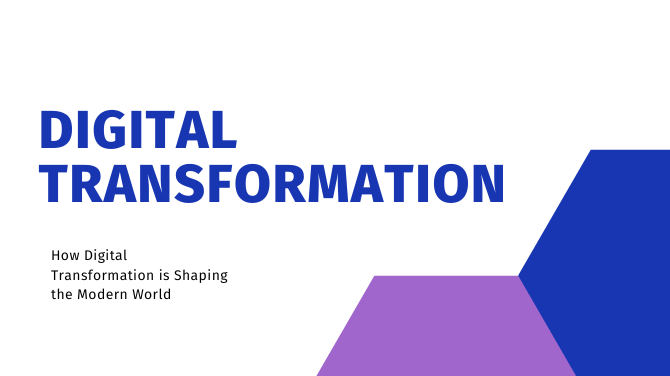Plagiarism is the act of presenting someone else’s ideas, words, or work as your own without proper attribution or permission. It involves copying or closely imitating someone else’s work and passing it off as original. Plagiarism can occur in various forms, including copying text, images, music, code, and other forms of creative content.
Checking every piece of content for plagiarism before posting it on a website is important for several reasons:
- ✅ Academic and Ethical Integrity: Plagiarism undermines the principles of academic and ethical integrity. When individuals present someone else’s work as their own, they are not contributing to the collective body of knowledge and creativity in an honest and transparent manner.
- ✅ Credibility and Reputation: Plagiarized content can damage the credibility and reputation of individuals and organizations. If readers or consumers discover that content has been plagiarized, they might lose trust in the source, leading to negative consequences for the plagiarizer.
- ✅ Legal Consequences: Plagiarism can have legal repercussions, as it often violates copyright laws. Content creators have legal rights to their work, and using their work without proper permission can result in legal action.
- ✅ Quality Control: Plagiarized content might not meet the quality standards of your website or publication. By ensuring that content is original, you can maintain consistent quality and provide value to your audience.
- ✅ Search Engine Optimization (SEO): Search engines like Google prioritize original and valuable content. Plagiarized content can lead to lower search engine rankings, reducing the visibility of your website in search results.
- ✅ Avoiding Duplicate Content: Duplicate content, even if unintentional, can negatively affect your website’s SEO. Checking for plagiarism helps you identify instances where content may have been copied from other sources, inadvertently hurting your SEO efforts.
- ✅ Respect for Others’ Work: Respecting the work of others by properly attributing it reflects a commitment to acknowledging the efforts and creativity of content creators. This fosters a culture of collaboration and respect within the content community.
- ✅ Educational Purpose: For educators, checking for plagiarism helps ensure that students are submitting original work and learning to cite sources properly. It promotes academic integrity and teaches valuable research and citation skills.
To prevent plagiarism, content creators can use plagiarism detection tools and techniques, such as online plagiarism checkers, manual content review, and proper citation practices. These steps help ensure that the content you produce and share is original, respectful, and aligned with ethical and legal standards.
There are several methods and tools available to check and avoid plagiarism. Here are some effective ways to ensure the originality of your content and prevent plagiarism:
- ✅ Online Plagiarism Checkers:
- Utilize online plagiarism detection tools like Turnitin, Grammarly, Copyscape, and SmallSEOTools. These tools compare your content against a vast database of existing content to identify potential matches and similarities.
- Most of these tools provide a percentage of similarity and highlight specific sections that might be plagiarized.
- ✅ Proper Citation and Referencing:
- Whenever you use someone else’s ideas, words, or work, ensure that you properly cite and reference the source. Follow appropriate citation styles like APA, MLA, Chicago, etc.
- Include in-text citations for direct quotes, paraphrased content, and even ideas that are not common knowledge.
- ✅ Paraphrasing and Summarizing:
- Instead of directly copying text, practice effective paraphrasing and summarizing to convey the original ideas in your own words.
- Make sure to maintain the original meaning while rephrasing the content.
- ✅ Understanding and Originality:
- Gain a deep understanding of the topic before writing. When you truly understand the material, you’re less likely to inadvertently copy or plagiarize.
- Focus on creating original content that reflects your unique perspective and insights.
- ✅ Multiple Sources and Synthesis:
- When researching a topic, consult multiple sources. This can help you develop a well-rounded understanding and create content that synthesizes various viewpoints.
- Synthesize the information from different sources to present a comprehensive and original perspective.
- ✅ Create Outlines and Drafts:
- Develop outlines and drafts to organize your thoughts and structure your content. This can help you avoid accidentally copying text directly from the source.
- ✅ Time Management:
- Avoid last-minute rushes, as they increase the likelihood of resorting to copying. Proper time management allows you to research, understand, and create original content.
- ✅ Self-Review and Editing:
- Review your content before finalizing it. Carefully read through the text to identify any sections that might unintentionally resemble existing content.
- Use editing tools to identify potential issues and improve sentence structures.
- ✅ Educational Resources:
- Educators can guide students on proper citation practices and explain the importance of avoiding plagiarism.
- Provide resources on how to paraphrase, quote, and cite sources correctly.
- ✅ Original Research and Analysis:
- Conduct your own research and analysis to contribute new insights to the topic.
- Incorporate personal experiences, observations, and opinions to make your content unique.
By combining these methods and tools, you can significantly reduce the risk of plagiarism and ensure that your content is original, well-referenced, and aligned with ethical standards.




